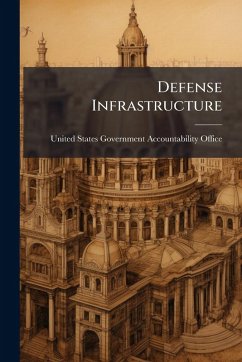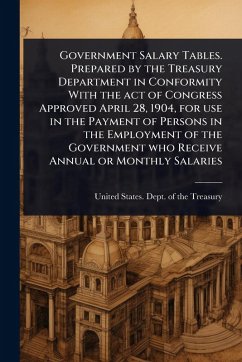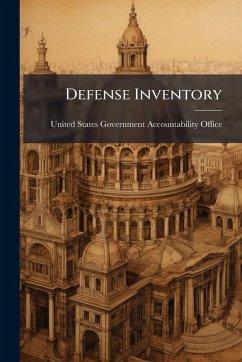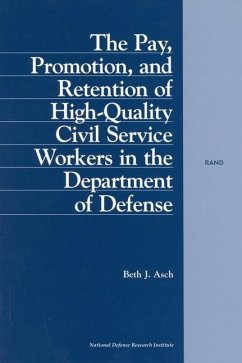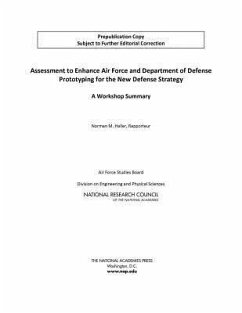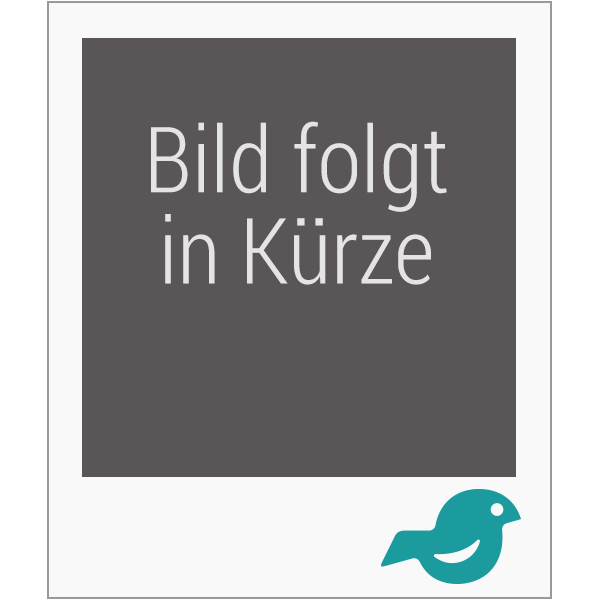
Department of Defense

PAYBACK Punkte
9 °P sammeln!
In support of senior leadership emphasis on improving early systems engineering and analysis, the Enterprise Requirements and Acquisition Model(ERAM) is a quantitative discrete-event process simulation model that accounts for activities from the identification of a desired space capability early in the JCIDS process through Milestone C of the acquisition system resulting in a probabilistic schedule distribution for a given concept. This model of the DoD's space capability development process will provide valuable decision making information for Concept Characterization and Technical Descriptio...
In support of senior leadership emphasis on improving early systems engineering and analysis, the Enterprise Requirements and Acquisition Model(ERAM) is a quantitative discrete-event process simulation model that accounts for activities from the identification of a desired space capability early in the JCIDS process through Milestone C of the acquisition system resulting in a probabilistic schedule distribution for a given concept. This model of the DoD's space capability development process will provide valuable decision making information for Concept Characterization and Technical Descriptions referenced during Analysis of Alternatives. The research focused on identifying activities, assigning historical triangular distributions and probabilities at each decision point. Data was collected through analysis of applicable policy, instructions, and journal articles as well as interviews with subject matter experts from the Air Staff, Air Force Space Command and the Space and Missile Systems Center. This work has been selected by scholars as being culturally important, and is part of the knowledge base of civilization as we know it. This work was reproduced from the original artifact, and remains as true to the original work as possible. Therefore, you will see the original copyright references, library stamps (as most of these works have been housed in our most important libraries around the world), and other notations in the work. This work is in the public domain in the United States of America, and possibly other nations. Within the United States, you may freely copy and distribute this work, as no entity (individual or corporate) has a copyright on the body of the work. As a reproduction of a historical artifact, this work may contain missing or blurred pages, poor pictures, errant marks, etc. Scholars believe, and we concur, that this work is important enough to be preserved, reproduced, and made generally available to the public. We appreciate your support of the preservation process, and thank you for being an important part of keeping this knowledge alive and relevant.



